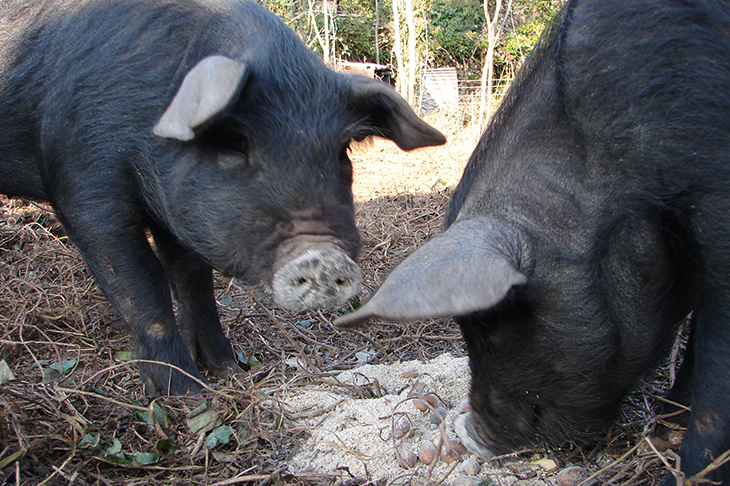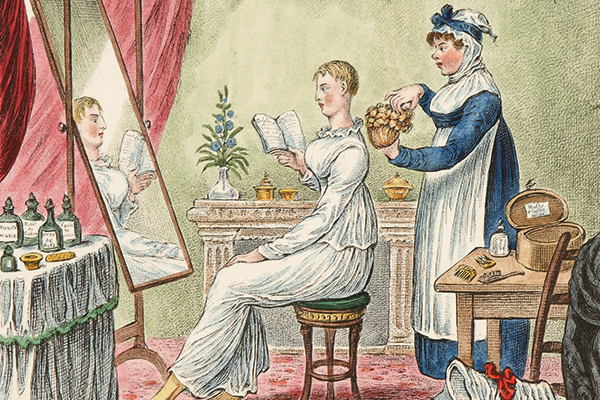‘Rightly is they called pigs,’ says a farmworker in Aldous Huxley’s Crome Yellow as he watches porkers grunt and squelch. Pía Spry-Marqués has no time for such nominative determinism. ‘Pigs,’ she points out, ‘are in fact quite clean animals.’ Wallowing in mud isn’t nostalgie de la boue, merely the only way of keeping cool if no shade or fresh water is available.
Already a subscriber? Log in
Subscribe for just $2 a week
Try a month of The Spectator Australia absolutely free and without commitment. Not only that but – if you choose to continue – you’ll pay just $2 a week for your first year.
- Unlimited access to spectator.com.au and app
- The weekly edition on the Spectator Australia app
- Spectator podcasts and newsletters
- Full access to spectator.co.uk
Or
Unlock this article
You might disagree with half of it, but you’ll enjoy reading all of it. Try your first month for free, then just $2 a week for the remainder of your first year.














Comments
Don't miss out
Join the conversation with other Spectator Australia readers. Subscribe to leave a comment.
SUBSCRIBEAlready a subscriber? Log in